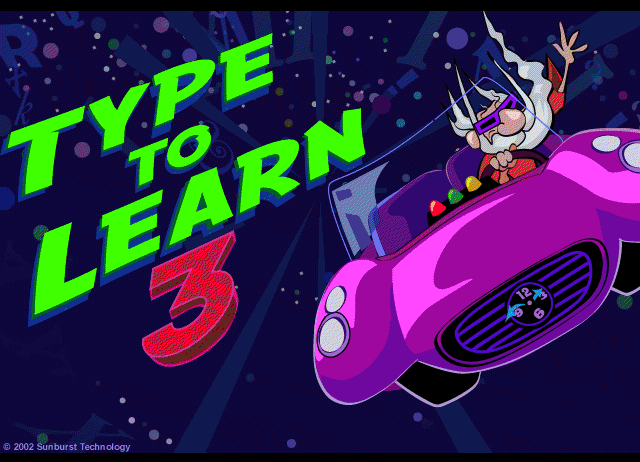

At the same time, the productivity payoff of learning this skill can't be denied.


You may be thinking that adding another skill to your homeschooling responsibilities is untenable these days. Gamifying keyboarding is a great way to get the gain without (some of) the pain. These days, there are all kinds of online resources available that take the monotony out of repetitive learning. That means sitting up straight, shoulders back, wrists and forearms parallel, and eyes looking straight ahead. Human fingers are magnificently complex, and like any machine, must be operated at peak efficiency. Just like playing an instrument, slow and steady typing wins the race - no way around it. It takes many hours and constant repetition to do this proficiently, but once your fingers get it, they won't forget it.Īs I would say to my daughter countless times when she practiced piano, If you can't play it slow, you can't play it fast. Much like playing an instrument, a typist must develop muscle memory, which is the ability to move fingers to the required keys without conscious thought.
#TYPE TO LEARN TYPING FULL#
Try and begin by the time your child's hand can comfortably span the full keyboard, usually around seven or eight. But like most skills, the sooner you start, the better you'll be. Touch typing can be learned at any time in life. In the meantime, if you are thinking about homeschooling keyboard skills, here are a few tips to keep in mind: The good news is that many school boards recognize the benefits of this skill, which I hope leads to it being offered in schools across Canada. All of which, I believe, gives me the street cred to heartily endorse teaching kids touch typing. I had no way of knowing it then, but I would spend most of my ensuing years typing many millions of words with the speed and accuracy that would make Ms. Although it would be several years before my hands would ever touch another keyboard, it was a skill that stuck. Sometimes parents will do anything to keep their kids off their phones. I wondered what my fingers would get up to, untethered from my conscious mind. Grundy would intone, holding up her hands, wiggling her digits.
#TYPE TO LEARN TYPING FREE#
Free your fingers, and you will free your mind, Ms. The trick to touch typing, she would say, is to focus your eyes on the screen, knowing that your fingers will accurately find their way. After every class, she would admonish us for looking at our fingers. I can see her now, standing at the front of the class and calling out various letter combinations to the beat of her pointer on the green board. Gretta Grundy, was a well-postured, soft-spoken woman. "The trick to touch typing, she would say, is to focus your eyes on the screen, knowing that your fingers will accurately find their way." Even the old-school term 'typing' has been usurped by 'keyboarding.' Call it what you will, it's been my experience that the benefits of proficient touch-typing are many and last throughout life. And while many type hunt-and-peck style, most do it at roughly half the speed and proficiency of a trained touch typist. QWERTY is the English-speaking go-to computer interface, but most kids grow up using it without ever having had a lesson. I'm doing it on my phone."Īs I watch her hunt and peck each letter on an impossibly small phone keyboard, I wonder why they don't teach touch typing anymore. “Can you please stop texting?” I ask, “you're supposed to be working on your scene study.” Her posture makes me fearful of early-onset Dowager's hump.

Her forehead is creased, her mouth pursed. She sits on a chair, rhythmically two-thumb tapping on her phone. I look at my kid and know that something is wrong with this picture.


 0 kommentar(er)
0 kommentar(er)
